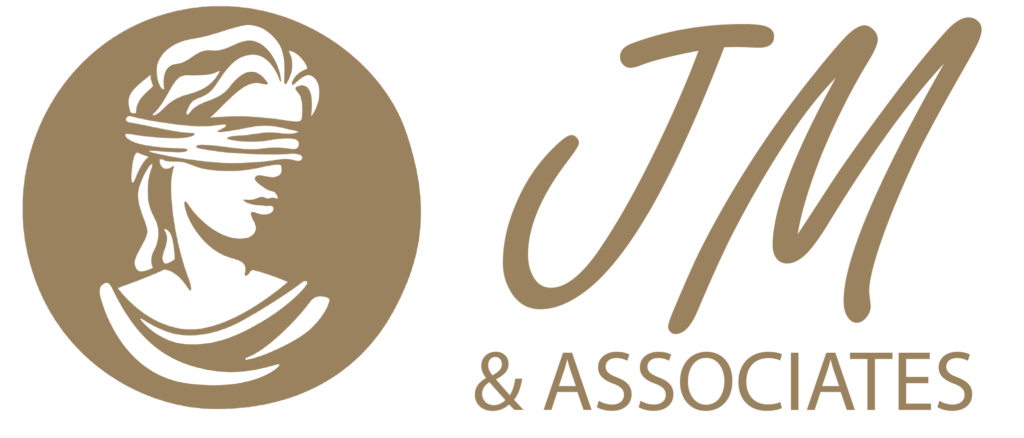
We recently reviewed a case where the patient was portrayed negatively in documentation. There were multiple notes that described the patient as “manipulative”, “drug-seeking”, and “non-compliant”. However, while reviewing the patient’s medical record objectively, we were unable to find any real evidence to support these descriptors. Even if there was, is it helpful to use these terms in a patient’s medical record?
My last post focused on a study by Goddu that revealed how stigmatizing language evokes judgment and may influence medical outcomes. This language can perpetuate stigma and stereotyping. It can reinforce our own implicit and explicit biases and transmit bias to other providers. A sobering thought is to realize that patients themselves may see negative descriptors in their record and avoid seeking care if they perceive high levels of stigma.
How is stigmatizing language most frequently expressed in a medical record?
Park et al, published a qualitative study in 2021 that looked at 600 encounter notes from 138 physicians in an ambulatory internal medicine setting.
Park analyzed the notes for themes of stigma and bias and identified five categories of negative language:
1. Questioning patient credibility (ex. ‘supposedly’, “claims”, or “insists”)
2. Disapproval (ex. “Despite repeated counseling”)
3. Racial or class stereotyping (ex. Surgical bandage got “a li’l wet”)
4. Difficult patient (ex. “the patient was adamant” or “this seems to pacify him”)
5. Unilateral decision-making (ex. “I impressed upon her the importance of”)
Our words matter. Guidelines for documentation standards have been suggested in medical literature, but also by many patient advocacy groups. My next post will highlight some of these guidelines, which provide some interesting food for thought. Check back soon!
Source: https://lnkd.in/gxw-ebUF
